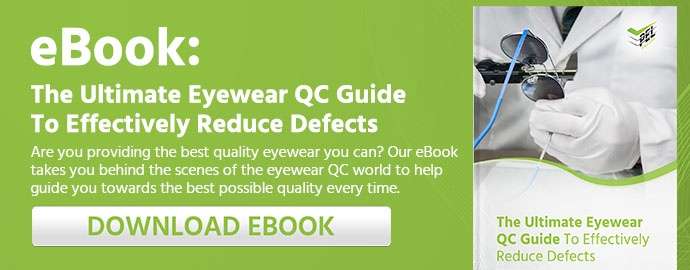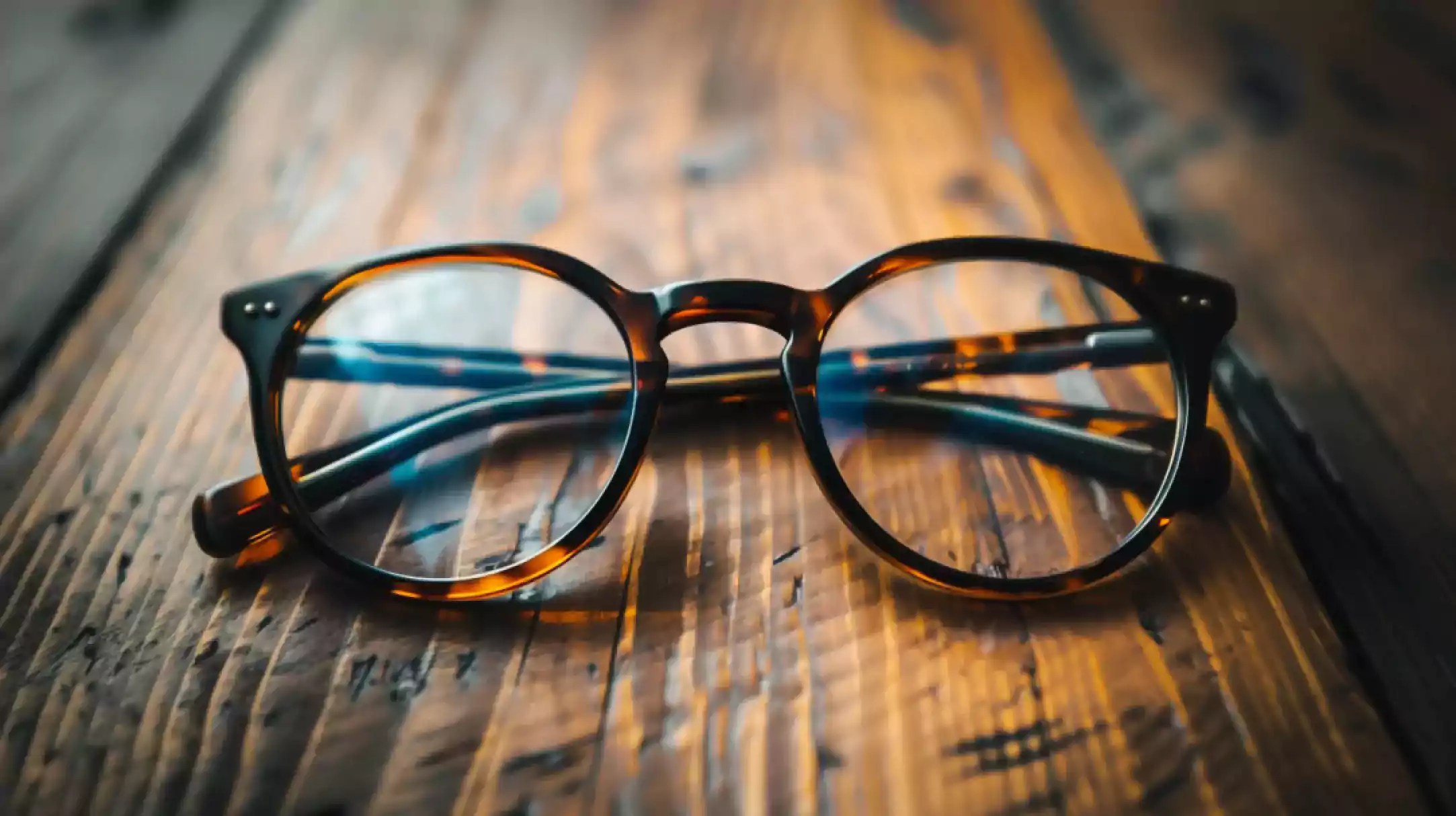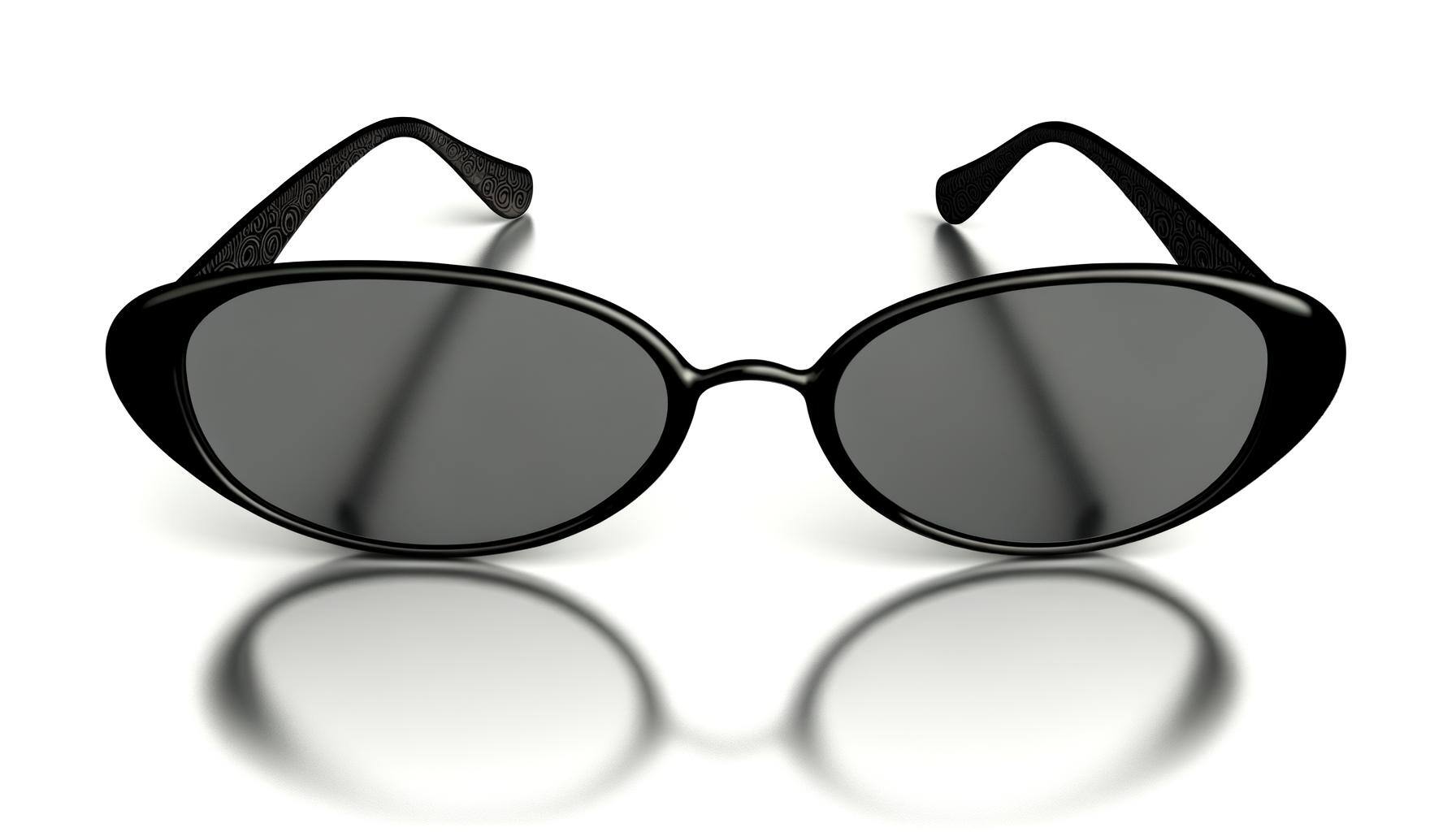Along with many other industries, eyewear companies worldwide are embracing a greener approach to manufacturing. The business models of some of the top eyewear companies, like Neubau Eyewear and Eco Eyewear, are focused on sustainability to project an eco-conscious brand image to the public. Sustainability in the eyewear industry is a big topic and should be part of your long-term plans as an eyewear manufacturer.
Why Eco-Friendly Glasses?
The traditional eyewear industry is not only about acetate frames but also about metals and injection frames. From an environmental perspective, the production process of metal materials requires electroplating and color spraying processes, which pose a risk of environmental pollution, some kinds of injection frames also need color spraying. Traditional injection materials cannot be degraded, which is also a major factor in environmental pollution
Eco-friendly materials refer to materials that indirectly reduce the consumption of natural resources and damage to the environment from the source, directly reduce the energy consumption of waste and waste treatment at the end of the product, and greatly expand the ways and fields of utilizing waste materials, recycled materials, and other materials. Some materials that were originally not effectively utilised are included in the reuse category, minimizing their negative environmental impact.
4 Common Categories of Materials Used to Produce Eco-Friendly Glasses
Recycled Material
-
Recycled Plastics
Recycled plastics form the cornerstone of eco-friendly eyewear, representing a significant shift towards sustainability in the eyewear industry. This process transforms used plastics into new eyeglass frames through collecting, sorting by resin identification code (RID), shredding, washing, melting, and pelletising. These pellets then serve as the raw material for the production of eyewear, showcasing a circular approach to manufacturing.
Benefits of Using Recycled Plastics in Eyewear
- Turns waste into new products, reducing the overall environmental footprint.
- Supports a circular economy by repurposing used materials.
Drawbacks of Using Recycled Plastics in Eyewear
- Recycled materials may not always achieve the same strength and longevity as new plastics, affecting durability.
- The recycling process is complex and costly, potentially making recycled plastic glasses more expensive and less accessible to a wider audience.
Despite the disadvantages, the environmental benefits of using recycled plastics for glasses continue to drive innovation and demand in the eco-eyewear sector. -
Recyecled Metals
Metal frame glasses provide a sustainable and durable alternative within the eco-friendly eyewear market. These frames are crafted from special alloys, including stainless steel, titanium, nickel silver, aluminium, and Monel, offering robust options to plastic counterparts. The production process involves selecting and preparing various components like eye wire, bridge metal, end piece, and other accessories, which are then shaped through techniques such as bending, cutting, and welding to create the final frame.
Benefits of Using Metal in Eyewear
- Metal frames are known for their strength, offering a long-lasting option for consumers.
- Compared to traditional plastic frames, metal frames can be more sustainable due to the potential for recycling and less environmental impact in certain stages of their lifecycle.Drawbacks of Using Metal in Eyewear
- The extraction and processing of metals, especially titanium, can have significant environmental impacts. The production process can generate harmful by-products, such as sulfuric acid waste and chlorine gas, which pose risks to water and air quality.
Natural Materials
-
Bamboo
Among the materials utilized in eco-friendly eyewear production, bamboo is one of the most sustainable option for crafting wooden glasses. Known as one of the fastest-growing plants, bamboo can shoot up to 2 feet per day, presenting a highly renewable resource for eyewear manufacturing. Its rapid growth and quick replenishment rate position bamboo as an ideal material.
Benefits of Using Bamboo in Eyewear
- The fast growth rate of bamboo ensures a continual, sustainable supply of material for eyewear production.
- Bamboo frames are known for being lightweight and comfortable, offering an enhanced user experience without sacrificing style or durability.
Drawbacks of Using Metal in Eyewear
- Crafting bamboo eyewear can be more time-consuming, with certain stages requiring handcrafting, which may increase production costs.
- The intricate manufacturing process of bamboo frames can result in higher costs, potentially affecting the final product's price and accessibility.
Bio-based Materials
Bio-based plastics are derived from renewable sources such as plant oils, starch, and other organic materials. They are increasingly used in the production of eyewear frames as they reduce reliance on fossil fuels.
Benefits of Using Bio-based Materials:
- Reduces carbon footprint and dependency on non-renewable resources.
- Often compostable or recyclable, contributing further to environmental sustainability.
Drawbacks of Using Bio-based Materials:
- Can be more expensive due to the cost of raw materials and production processes.
- Availability might be limited compared to traditional materials.
Biodegradable Materials
Biodegradable materials in eyewear refer to substances that can decompose naturally by biological means. Some plastics and bio-based materials designed to break down in specific environments are examples.
Benefits of Using Biodegradable Materials:
- Helps reduce long-term waste in landfills.
- Minimizes the environmental impact post-consumer use.
Drawbacks of Using Biodegradable Materials:
- Requires specific conditions to decompose, which may not be available in all regions.
- Durability may be less than non-biodegradable counterparts.
How You Should Choose What Material to Make Eco Eyewear With
As an eco-eyewear manufacturer, you should consider the material's sustainability. Materials like bamboo, which grows rapidly and is highly renewable, have a minimal environmental footprint, making them ideal for eco-eyewear. Recycled plastics reduce waste and the need for new plastic production, whereas metals offer durability and recyclability. It's essential to assess each material's ecological benefits against its production and lifecycle impacts, aiming for those that best mitigate environmental harm.
Additionally, align your material choice with consumer preferences. Today’s consumers are more environmentally conscious and seek products that reflect their values. Materials that offer eco-friendliness, aesthetic appeal, comfort, and durability will meet market demands and resonate with eco-aware customers.
PEL’s One-Stop Service for Carbon Neutrality of Eyewear
PEL has been deeply embedded in eyewear testing and inspection, gaining a nuanced understanding of the industry’s supply chain intricacies. Our focus extends to aiding eyewear companies in navigating their path to carbon neutrality. A detailed assessment and verification of the carbon footprint associated with eyewear products or broader corporate activities. This involves:
- Calculating carbon emissions
- Advising on reduction strategies
- Exploring viable offsetting opportunities
- Providing sustainability consultancy
Tailoring our approach to meet each customer or brand’s unique goals and objectives, PEL commits to quality assurance and a nuanced understanding of sustainability within the eyewear industry.
Within our one-stop service for carbon neutrality of products and corporations, PEL conducts assessments on waste generated in operations. This highlights the importance of using environmentally sustainable materials to diminish your environmental footprint and move towards carbon neutrality.






.jpg)



